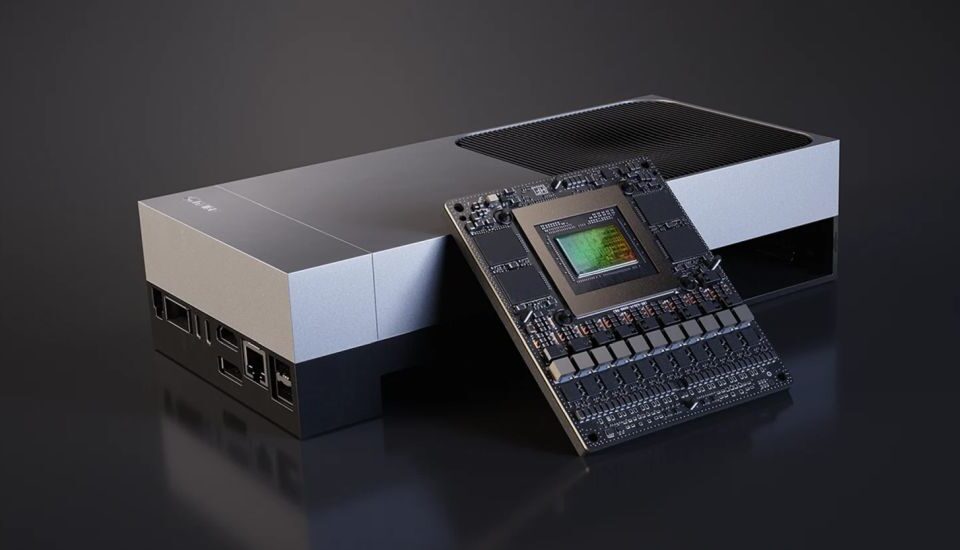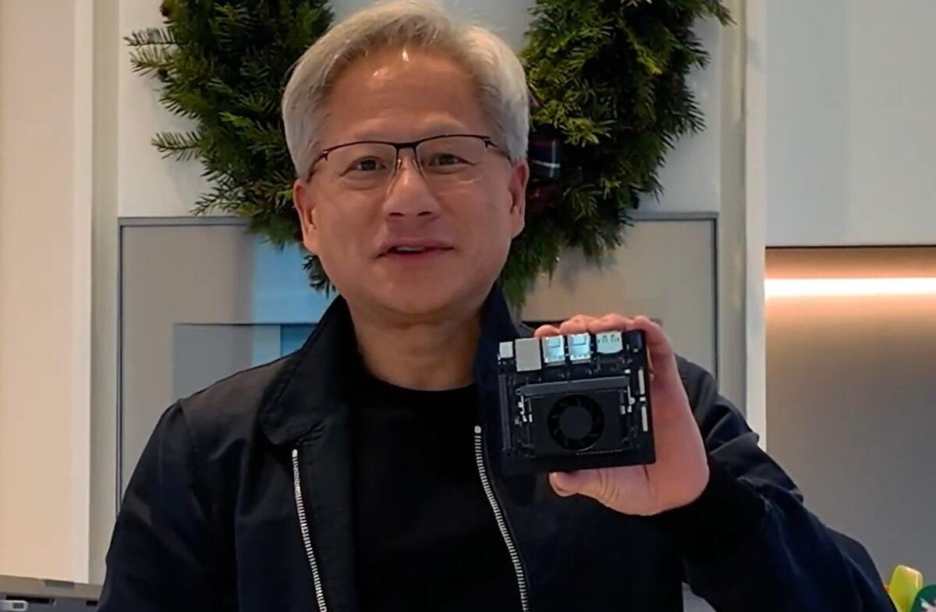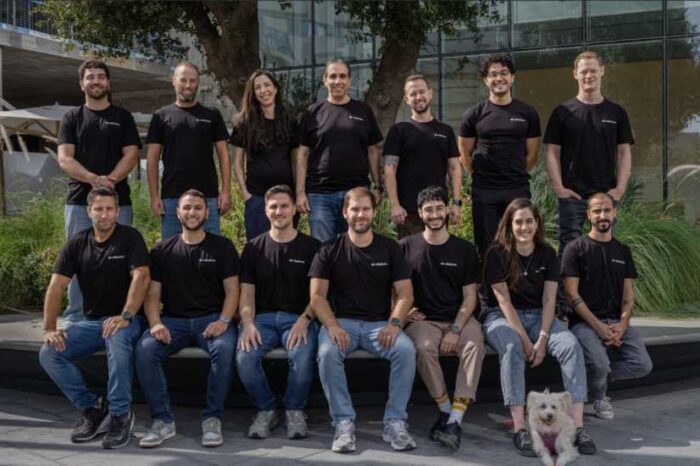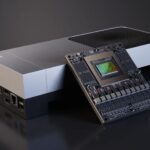Robot Brain: Nvidia launches Jetson AGX Thor, a $3,499 ‘robot brain’ chip for next-gen robotics and AI

Nvidia wants to give robots a brain — and it’s putting a price tag on it. Less than a year after releasing the compact Jetson Orin Nano Super, the chipmaker is back with something bigger: the Jetson AGX Thor. The new module, which Nvidia bluntly calls a “robot brain,” is now on sale for $3,499 as a developer kit, with the first units shipping next month.
The pitch is straightforward. Companies can use the kit to prototype robots and then move into production with Thor T5000 modules, priced at $2,999 each for orders over 1,000 units. Nvidia is betting that robotics, which CEO Jensen Huang has described as the company’s largest growth opportunity outside of AI, will soon become a meaningful revenue stream. For now, it accounts for only about 1% of Nvidia’s business.
Deepu Talla, vice president of robotics and edge AI, put it this way on a call with reporters:
“We do not build robots, we do not build cars, but we enable the whole industry with our infrastructure computers and the associated software.”
Nvidia’s New ‘Robot Brain’ Goes on Sale for $3,499
The Thor chips are built on Nvidia’s Blackwell GPU architecture, the same tech driving its AI and gaming products. Nvidia claims they’re 7.5 times faster than the previous generation, powerful enough to run generative AI models, including large language models and visual systems that help robots interpret their surroundings. Each chip comes with 128GB of memory — a necessity for the type of heavy AI workloads humanoid robots demand.
Big names are already in the mix. Companies like Agility Robotics, Amazon, Meta, and Boston Dynamics are using Nvidia’s Jetson line, and Nvidia itself has placed bets on startups like Field AI. Robotics is small for now, but it’s growing fast. Nvidia grouped its automotive and robotics units earlier this year, and that combined segment pulled in $567 million in sales last quarter — a 72% year-over-year jump.
Thor isn’t just about robots that walk and carry boxes. The chips can run inside cars, too. Chinese automakers are expected to use them in self-driving vehicles. Nvidia sells automotive versions under its Drive AGX line, which run on a tweaked operating system called Drive OS.
The move shows how Nvidia is carving out new ground while its AI chips dominate data centers. Whether it’s humanoid robots or self-driving cars, the company isn’t building the hardware you see — it’s selling the brain that makes it all possible.





